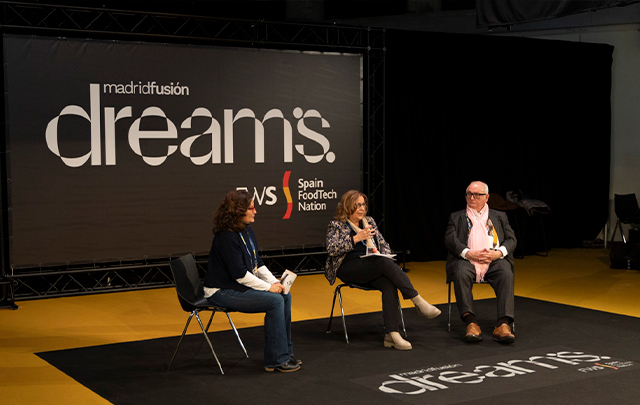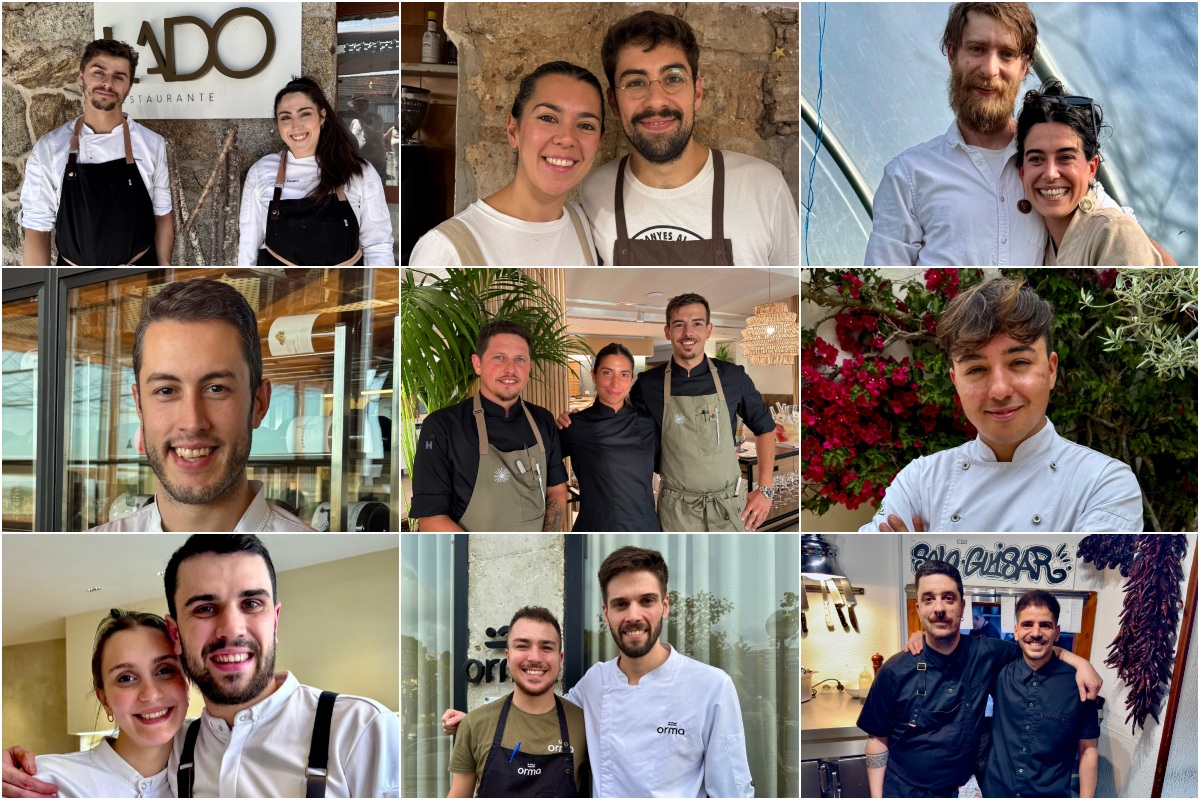News
A good table for the elderly

The recipe for aging well is a healthy diet, eating with others and cooking with love
When are we old, elderly or senior citizens?" asked Susana Belmonte, Director General of Public Health at the Community of Madrid's Department of Health, during the presentation "From Agism to the Silver Economy" at the Madrid Fusión Alimentos de España.
"There are more and more of us who are elderly, although the groups are heterogeneous. For example, in early or young old age, which is between 65 and 74 years old, there are different groups by pathologies. "There are more and more of us who are elderly, although the groups are heterogeneous. For example, in early or young old age, which is between 65 and 74 years old, there are different groups according to pathologies or habits".
Within this diversity, 65% are overweight, another 75% walk for half an hour every day but "have not internalized the concept of muscular strength and endurance", and more than 90% do not meet the recommended intake of fruits and vegetables (five a day) and eat sweets and pastries, according to data "that are similar in other communities".
In any case, nutrition is key to achieving the goal of "healthy aging," which "is about trying to reach a state of greater functional autonomy. It's not just about living longer, it's about living those years with quality. But the choice of food goes beyond satisfying hunger and is linked to culture, socialization and gastronomy," says Belmonte.
Fighting loneliness
The elderly have gained in "variety and hygiene," says Juan Mediavilla, a catering consultant. "But in return, we often eat alone. It's a punishment to do it away from the community. Besides, we don't cook. That's not eating. You take into account the proteins, the carbohydrates... but then you ask, 'What did you eat?' and they answer that they don't remember. Eating changes the way food is assimilated. Making " going to the dining room a little party," as Mediavilla demands, is a pending challenge in the places where older people frequent and live. "There is a range of products for athletes and younger populations," says Belmonte. "But not for the elderly, who, although their diet is conditioned, could be a target for advertising and marketing. But they are not asked what you need, what you want. For example, for someone with dysphagia who has to eat puree all the time, the color could be changed from time to time in the residence".
In addition, when sitting at the table, memories are recalled through the tableware. "In the surveys, people say they want stew, paella. Not just steak. Because they want to recover those gazpachos, that thing that gives them pleasure and is associated with what we ate as children," says Mediavilla, as a recipe for finding that pleasure in healthy eating.
In the audience of the Auditorium of Dreams is Pedro Subijana, chef of the famous restaurant Akelarre in San Sebastián, who contributes his vision "with 58 years of paid social security": "I think there is no better way to educate people than to make food education a subject in school, from kindergarten on. Because they may be lucky enough to become the teachers of their parents, who have not been able to educate themselves about food. And it has to be at school, because if habits are not picked up from an early age, they evaporate in three days".
"Is everything that comes out of your hands love?" Mediavilla asks him.
"I hope so," answers the chef.
As the elderly deserve.


